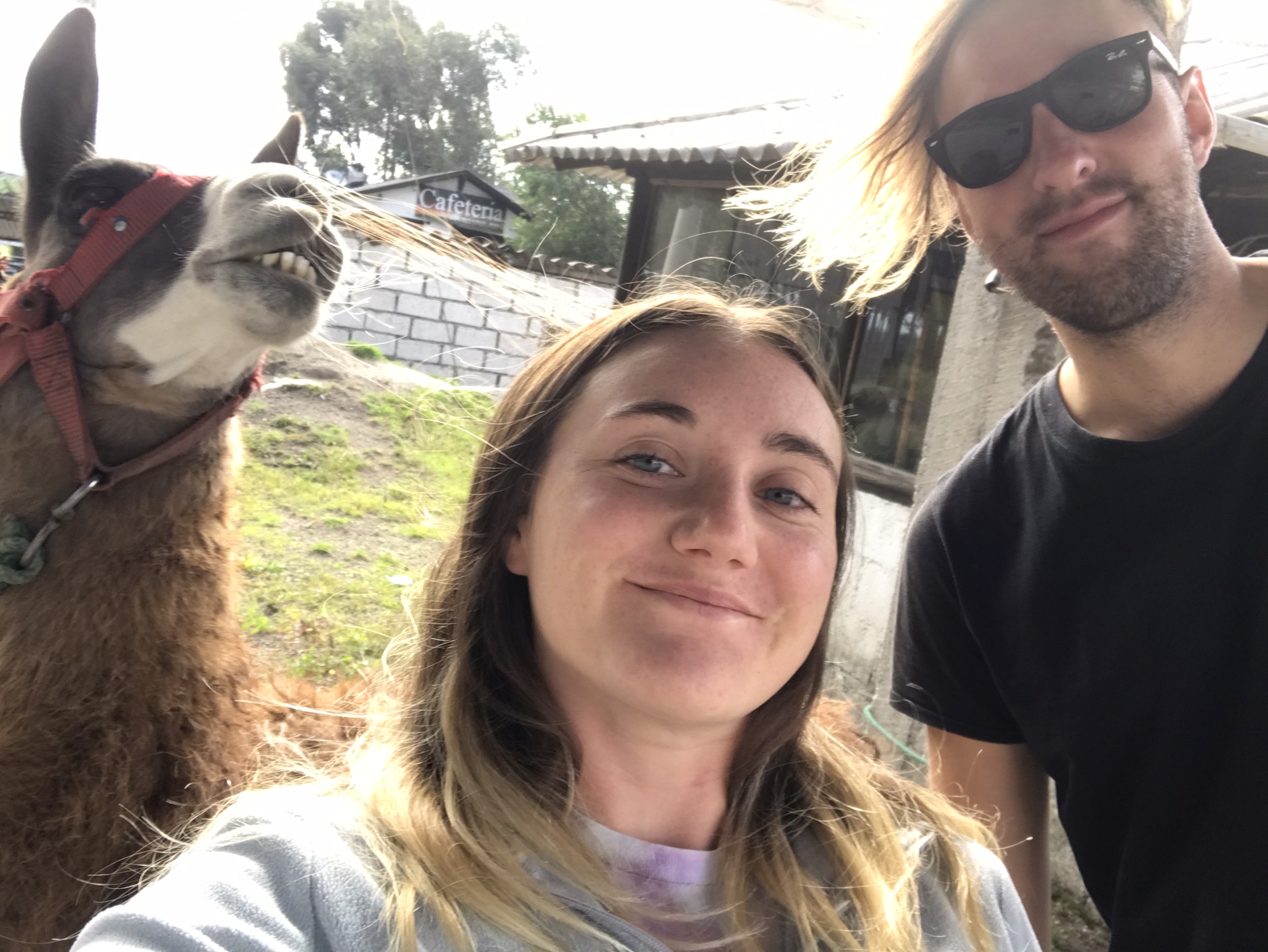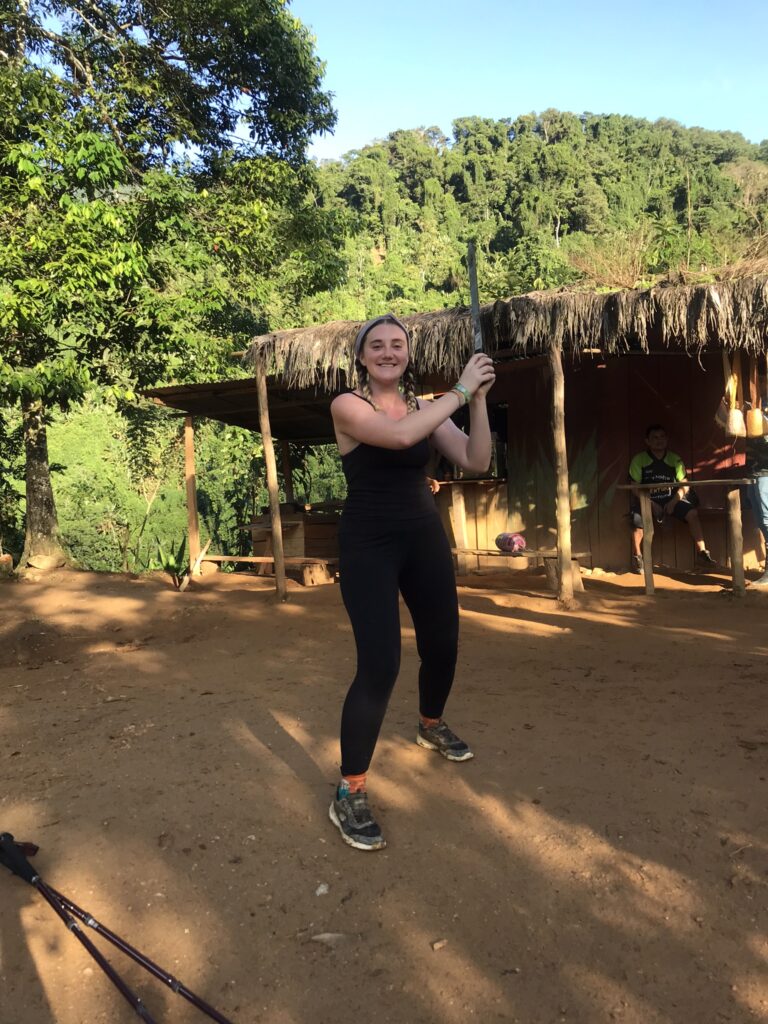
There is always an element of danger when traveling around places you’ve never been to before. As a traveller, you are at risk of being scammed, becoming a victim of theft or even being kidnapped. Eeek! Thankfully tourist kidnappings are becoming more and more rare. Gangs and militant groups would often use kidnap in the 90s and 2000s as a means of gaining money or leverage with the government, however massive efforts have been made to crack down on this by both the governments and the gangs themselves. These days, kidnapping is extremely unlikely to happen to you unless you’re way off the beaten track in a notoriously bad area. However petty crime is still a fact of life in South America. Unfortunately people in South America may turn to crime to provide income due to limited opportunities, lack of upward mobility, the cycle of poverty, discrimination, unstable family situations or availability of low-paid jobs. Instances of crime can vary in severity from a taxi driver overcharging you by £1 to a full-on mugging. Keep reading for my top tips on leaving with your possessions and self intact and unharmed in South America:
Thefts and pickpockets are common in many busy cities in South America. As a rule of thumb in the big cities like Rio de Janeiro, São Paulo and Medellin be extra cautious when venturing out, especially after dark. Only carry what cash you need and avoid bringing your passport. Stay close to your accommodation – we only ventured a block or two away from where we were staying after dark in these cities.
Reduce the risk of being targeted by thieves by never leaving your phone or wallet in your back pocket or holding your phone far away from your body i.e. to take selfies. A zip pocket is best. Most pickpockets are opportunists and won’t target you if you aren’t showing or presenting wealth.
Be aware of your surroundings; don’t flash phones, cameras or cash in public.
Never leave your phone on the table at a restaurant or your backpack in an easily reachable place or unattended especially in bus terminals, these are a hive of activity for bag snatchers.
Be aware of any suspect characters nearby. We used ‘the money bag’, as we nicknamed it, to carry cash. It’s a cash pouch on a necklace which you can hide beneath your clothes, it rests on the middle of your chest.
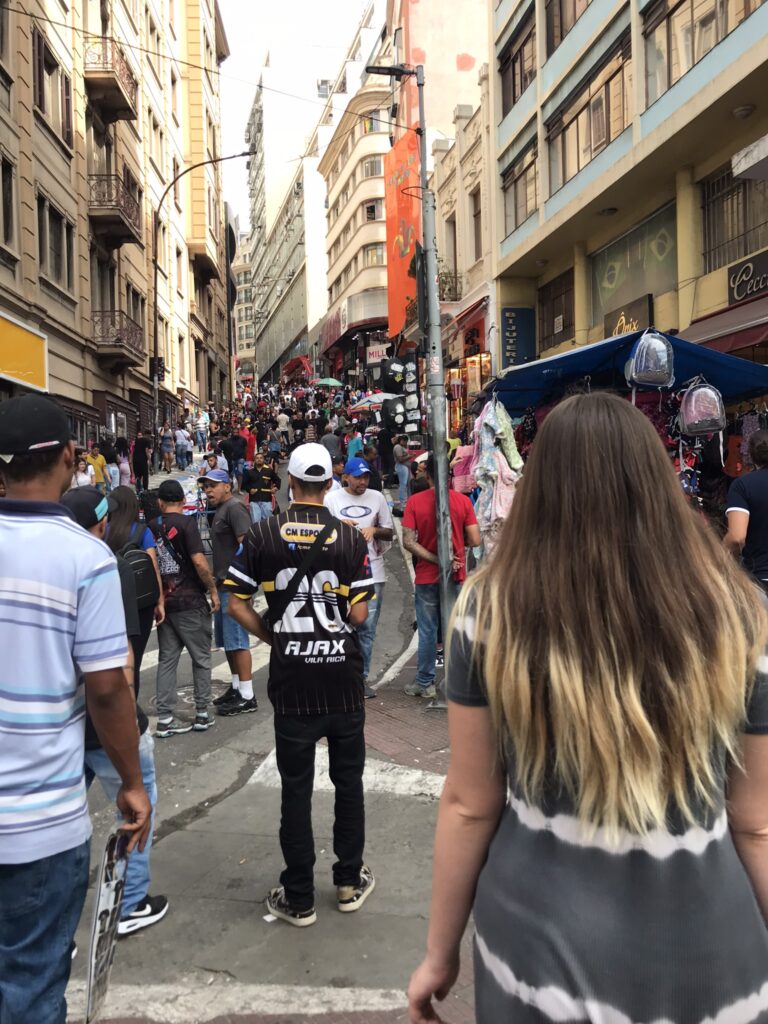
Be careful in crowds as these provide ideal cover for bag/phone/camera snatchers wanting to blend in.
Keep your bag close when traveling by bus, ideally under the seat in front of you within eyeshot. There have been some reports of bags being stolen that were stored in the overhead storage area. I always loop my bag strap around my leg for security reasons.
When booking accommodation, research which areas are safe for tourists, especially for cities like Rio and Sao Paulo. You really don’t want to end up staying in a crime-ridden area to save money. It won’t end well. We met some English backpackers who ended up staying next to a brothel in Sao Paulo, not a great look!
Don’t put yourself in a vulnerable position i.e. by taking drugs or getting ridiculously intoxicated in public places.
Check online before you go about whether a particular area is safe to walk around after dark. In bigger cities in Brazil and Colombia, I wouldn’t recommend going out alone after dark. I know this isn’t what solo backpackers want to hear but I would not have felt safe on my own walking around in Medellin, Bogota, Sao Paulo, Curitiba or Rio de Janeiro. It’s the not-so-nice truth.
If you know it’s not safe to walk around a particular place after dark, take an Uber if you want to go to a restaurant or bar in another area of the city. Uber is everywhere in South America and is usually inexpensive, and it’s better to be safe than sorry!
Order a takeaway if you’re worried about going out after dark – there are delivery apps available to download.
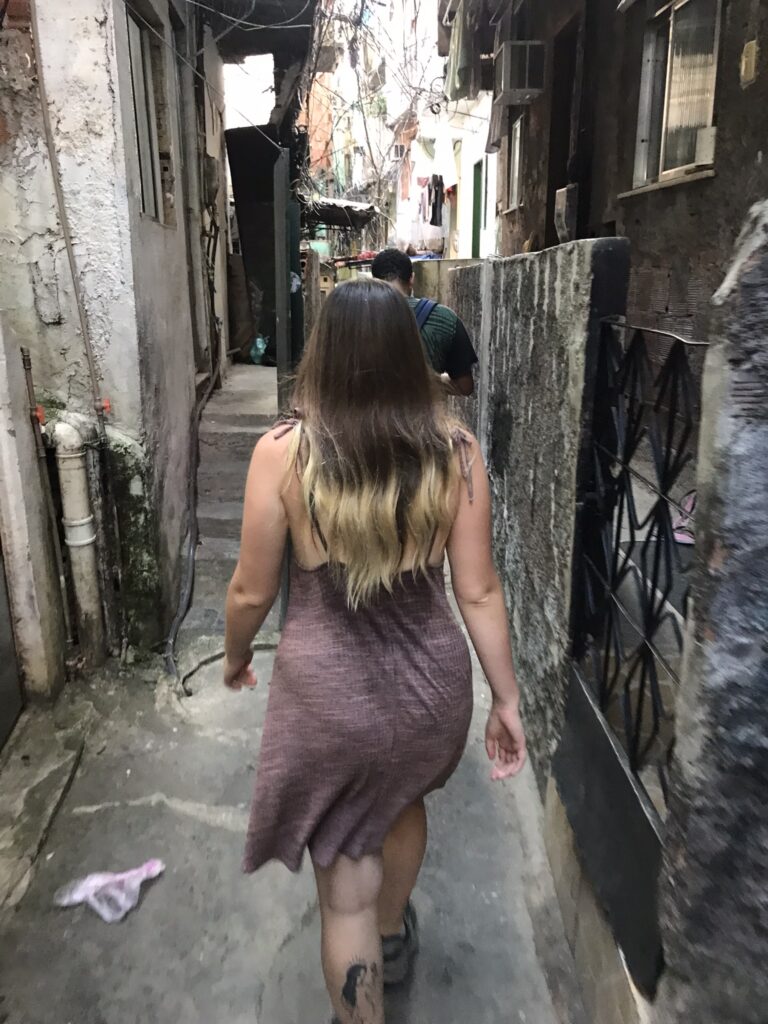
Don’t get lost in an area you’re unfamiliar with, you might accidentally walk into a dodgy neighbourhood and could be targeted by impulsive criminals.
Always download the offline map of the city on google maps (or whatever app you use). This is a great backup if you get lost; this got us out of so many sticky situations.
Don’t go down any dark alleyways or areas that are deserted, stick to areas which are well-lit, ideally with people around.
Stay away from protests or rallies in the streets as these can quickly turn violent – riot police won’t differentiate between a protester and a tourist who’s accidently wandered into the fray – it’s best to just avoid these.
For more info about our experience with protests in Peru, click here.
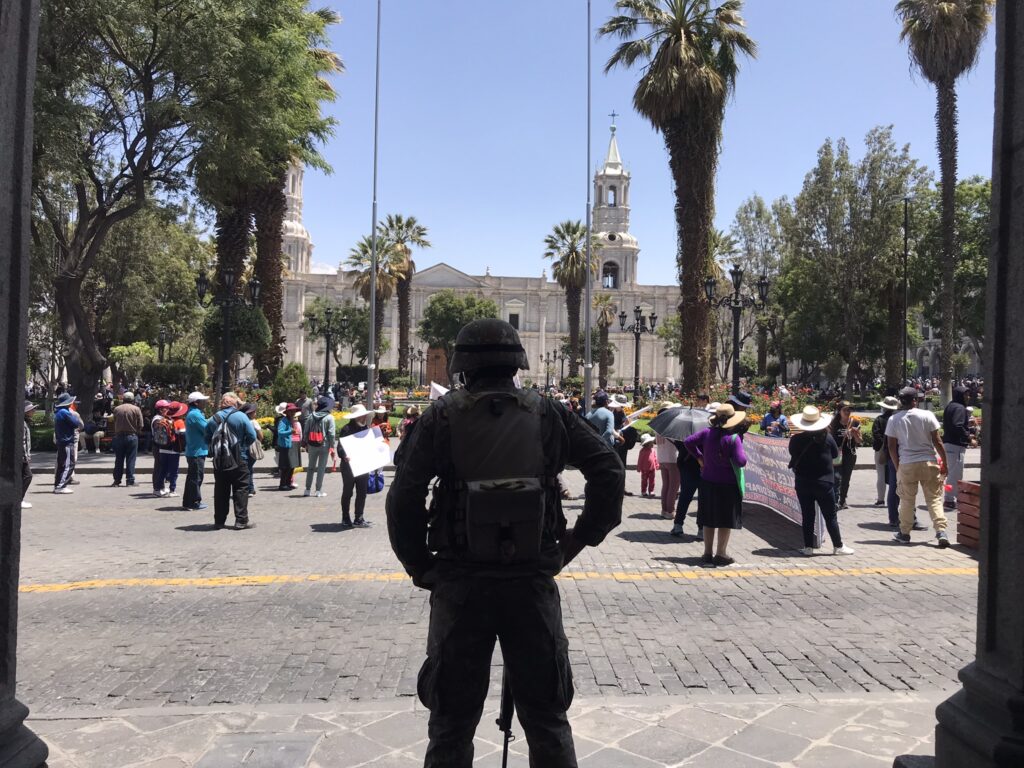
There are some crazy drivers in South America, only use licensed taxis; if you use an unlicensed taxi you are putting yourself at risk of being extorted/overcharged or even ending up in a crash.
I recommend using an app like Uber rather than hailing a taxi on the street as it’s much safer and the price is fixed without you having to haggle for a good price. If that’s not an option, make sure you know what the price of the journey should cost before you get into the taxi, in some countries you need to agree on the price before you set off.
